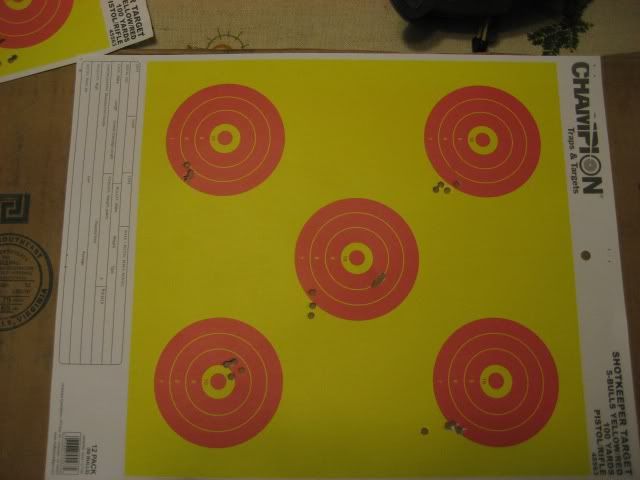nosler06
Handloader
- Nov 13, 2012
- 250
- 23
I am wondering if anyone else has experienced the deforming of the bullet tip of a Nosler 180gr part. from the recoil. The next bullet in the magazine of my 30-06 becomes deformed by a squarish notch in the lead portion of the lead tip of the speer point. I chose for many years to use the 180gr Partition protected point because of this. I am now hunting in more open range and am looking to extend the shot distance out to anywhere from 200 to 400yds. I am concerned with the amount of bullet drop due to the BC of the prot. pt. in comparrison to the BC of the speer point. I have reloaded a series of ladder rounds switching from my originally used IMR4350 to H4350 due to temp concerns and am looking to find a load which will work well out to 400yds. I wanted to stay with the Partition 180gr as where I live I hunt anywhere from whitetails to moose, and have crossed paths with the odd grizzly bear as well.





